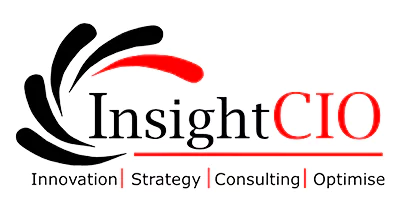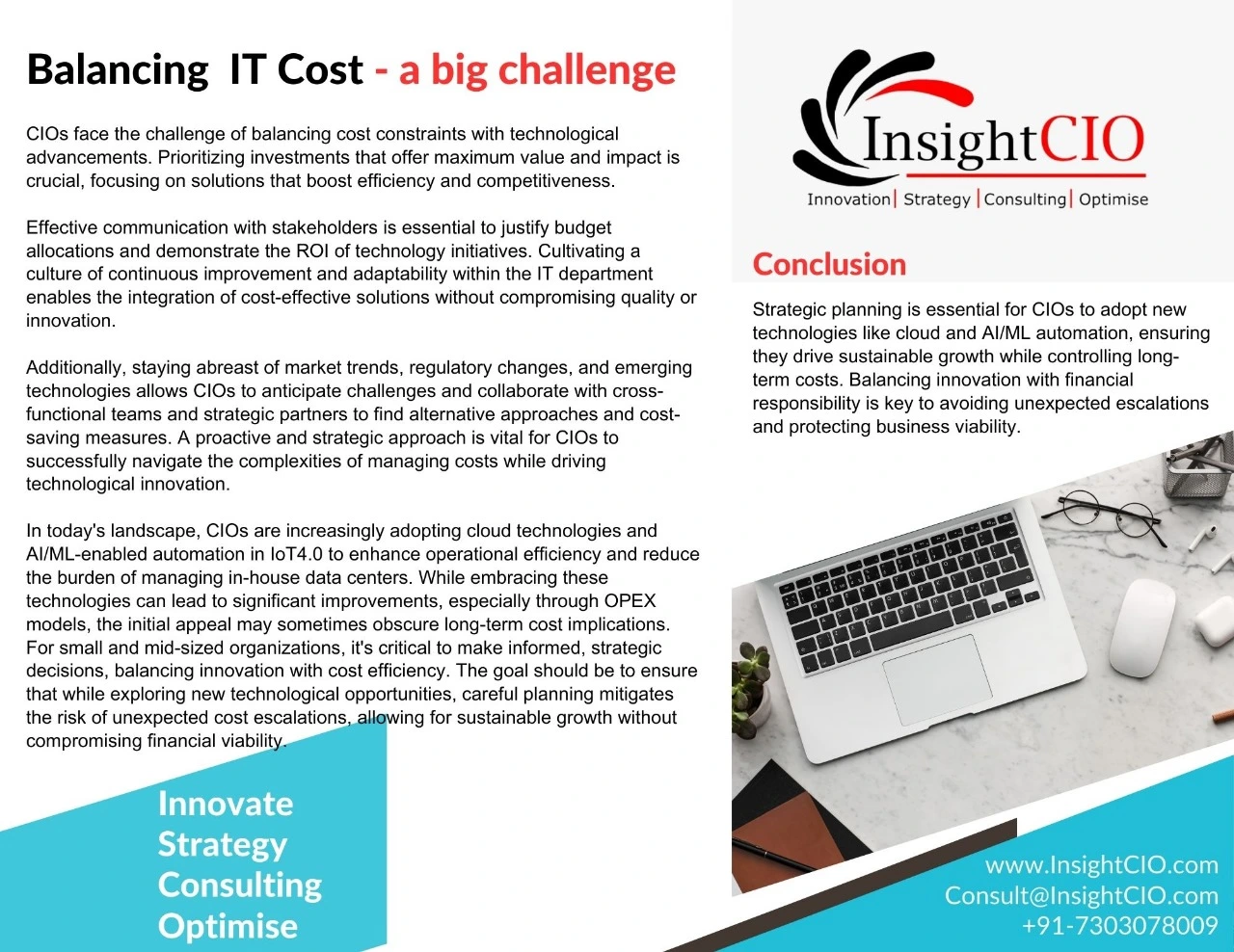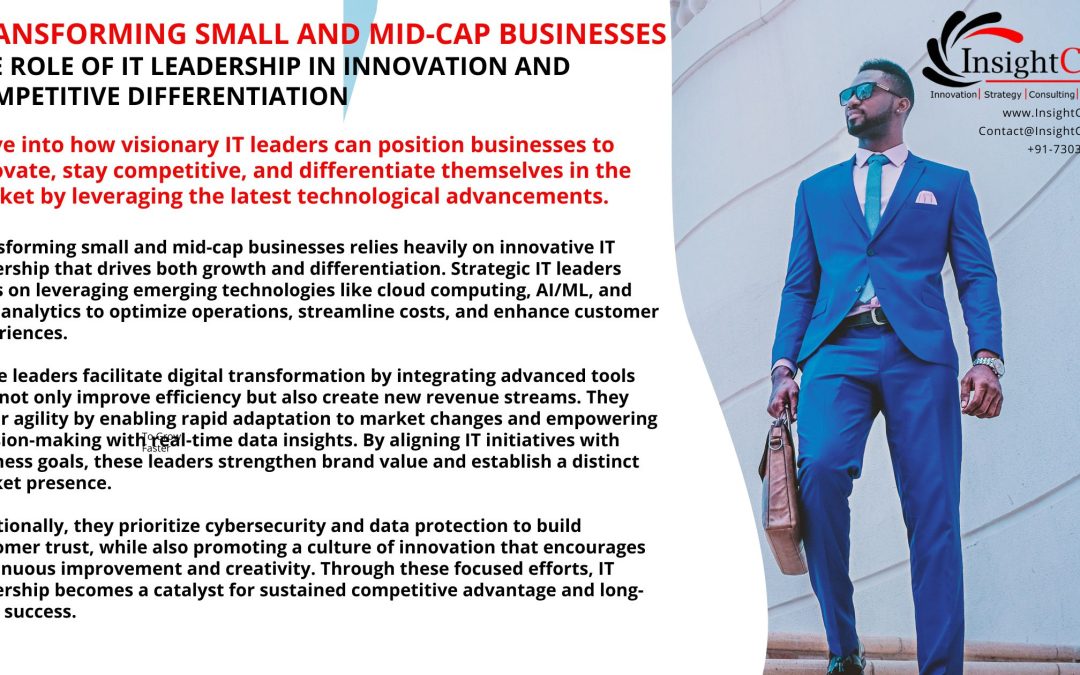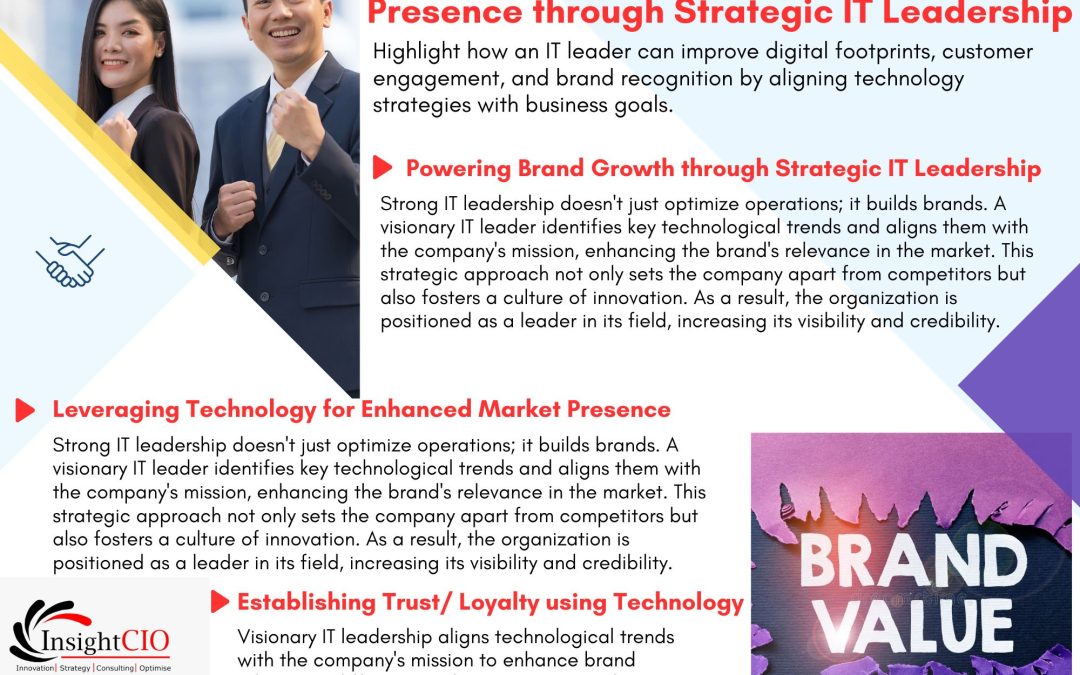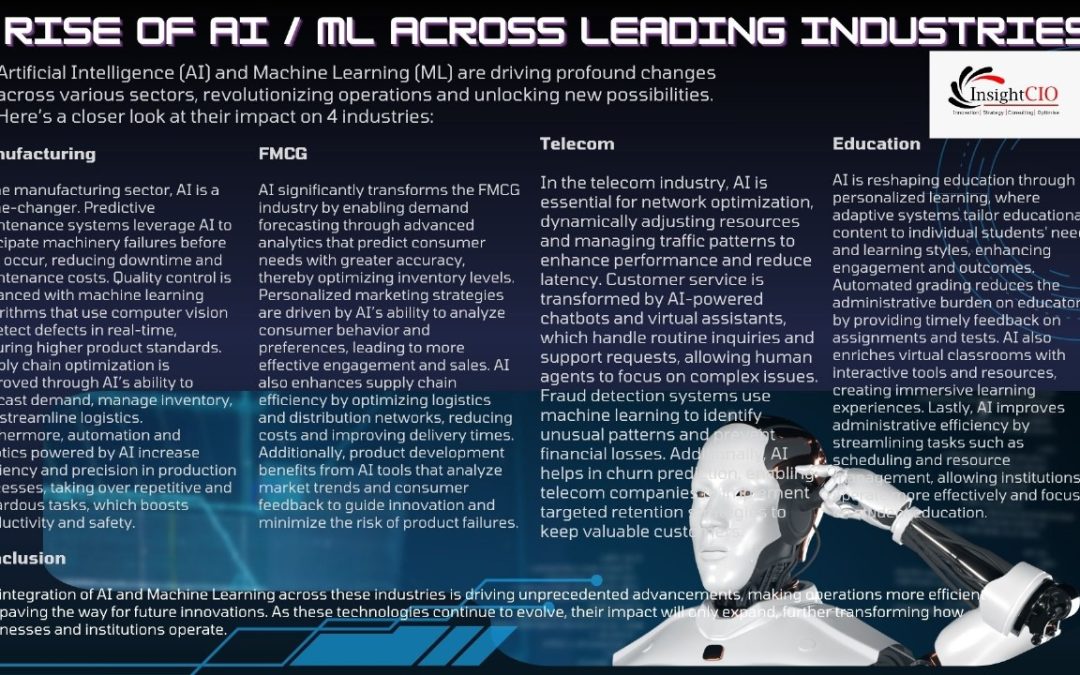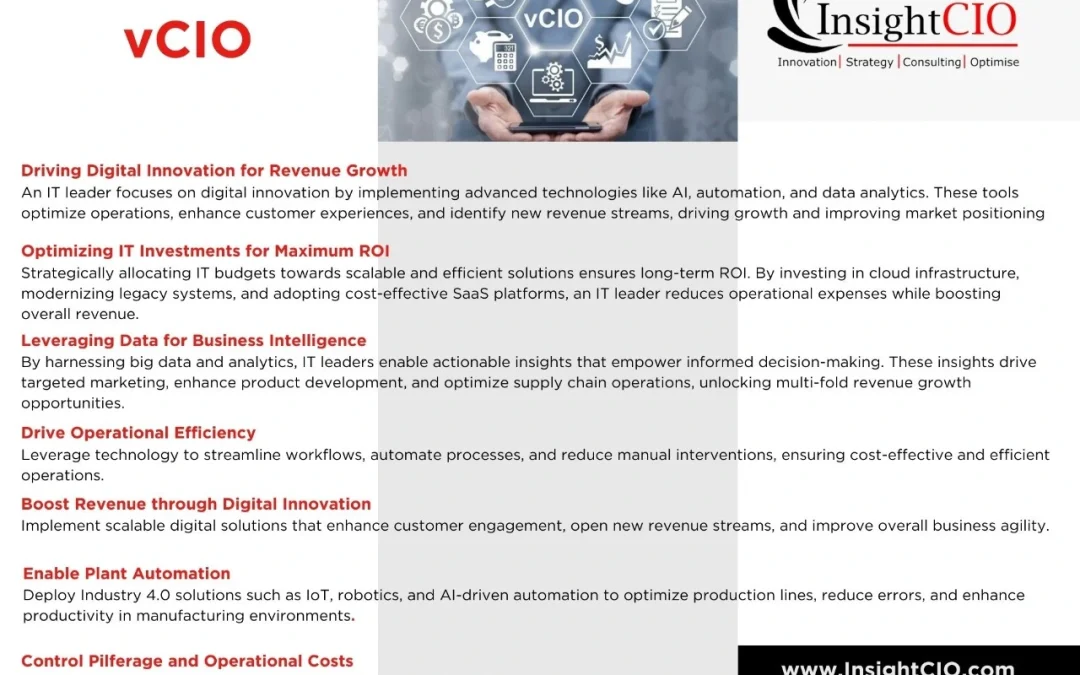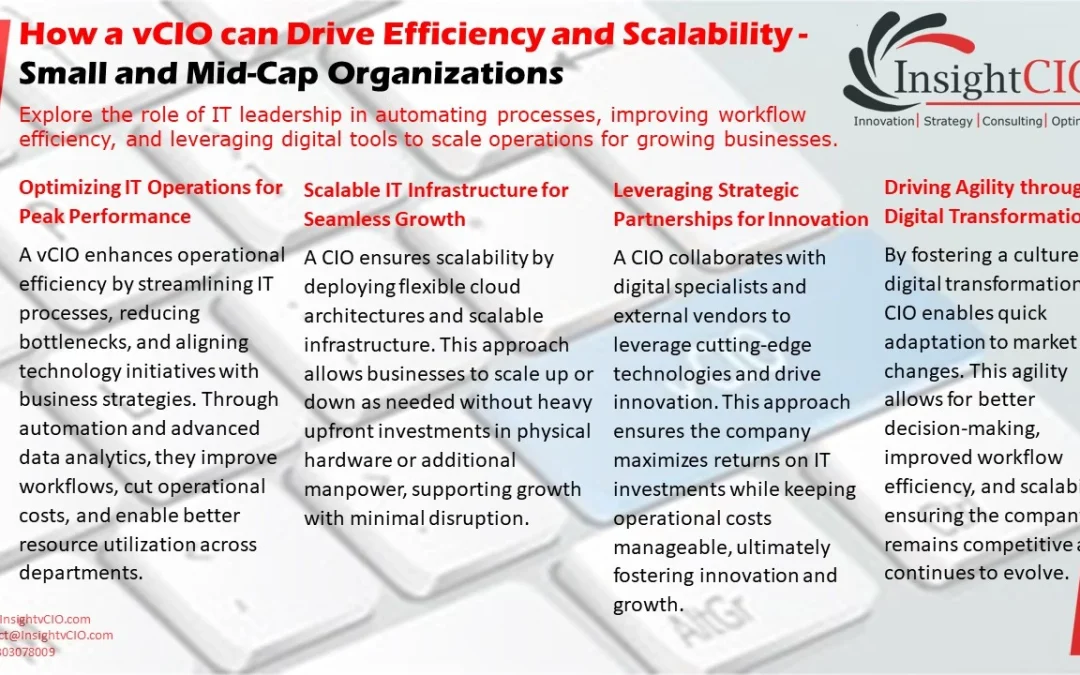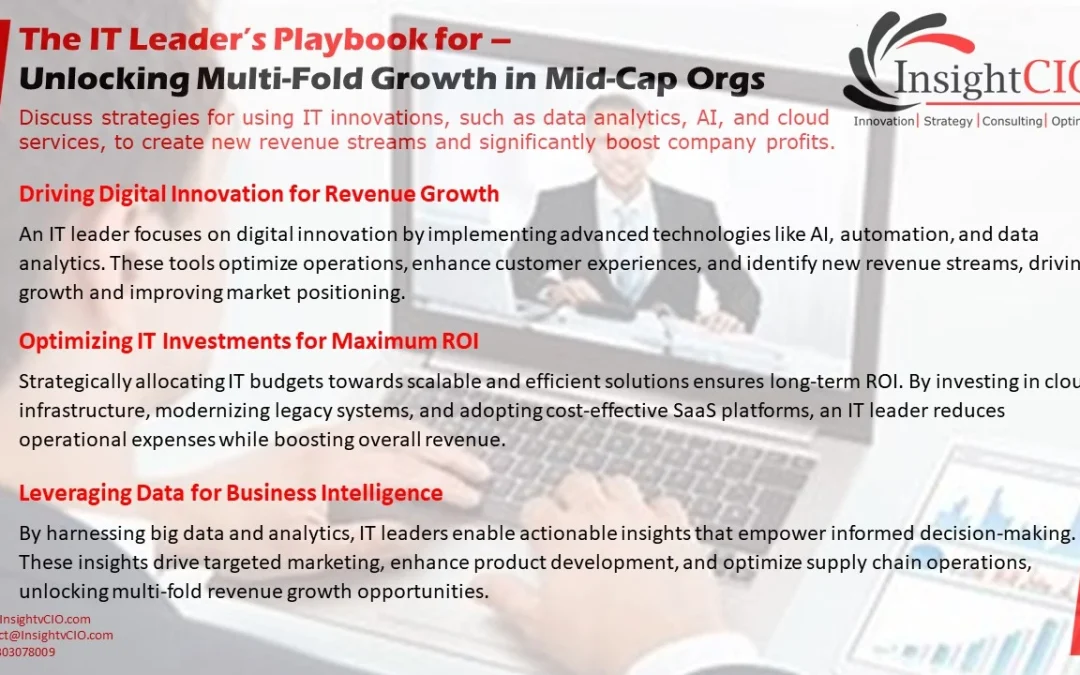CIOS face the challenge of balancing cost constraints with technological advancements. Prioritizing investments that offer maximum value and impact is crucial, focusing on solutions that boost efficiency and competitiveness.
Effective communication with stakeholders is essential to justify budget allocations and demonstrate the ROI of technology initiatives. Cultivating a culture of continuous improvement and adaptability within the IT department enables the integration of cost-effective solutions without compromising quality or innovation.
Additionally, staying abreast of market trends, regulatory changes, and emerging technologies allows CIOS to anticipate challenges and collaborate with cross- functional teams and strategic partners to find alternative approaches and cost- saving measures. A proactive and strategic approach is vital for CIOS to successfully navigate the complexities of managing costs while driving technological innovation.
In today’s landscape, CIOs are increasingly adopting cloud technologies and AI/ML-enabled automation in loT4.0 to enhance operational efficiency and reduce the burden of managing in-house data centers. While embracing these technologies can lead to significant improvements, especially through OPEX models, the initial appeal may sometimes obscure long-term cost implications. For small and mid-sized organizations, it’s critical to make informed, strategic decisions, balancing innovation with cost efficiency. The goal should be to ensure that while exploring new technological opportunities, careful planning mitigates the risk of unexpected cost escalations, allowing for sustainable growth without compromising financial viability.
Conclusion
Strategic planning is essential for CIOS to adopt new technologies like cloud and AI/ML automation, ensuring they drive sustainable growth while controlling long- term costs. Balancing innovation with financial responsibility is key to avoiding unexpected escalations and protecting business viability.
